
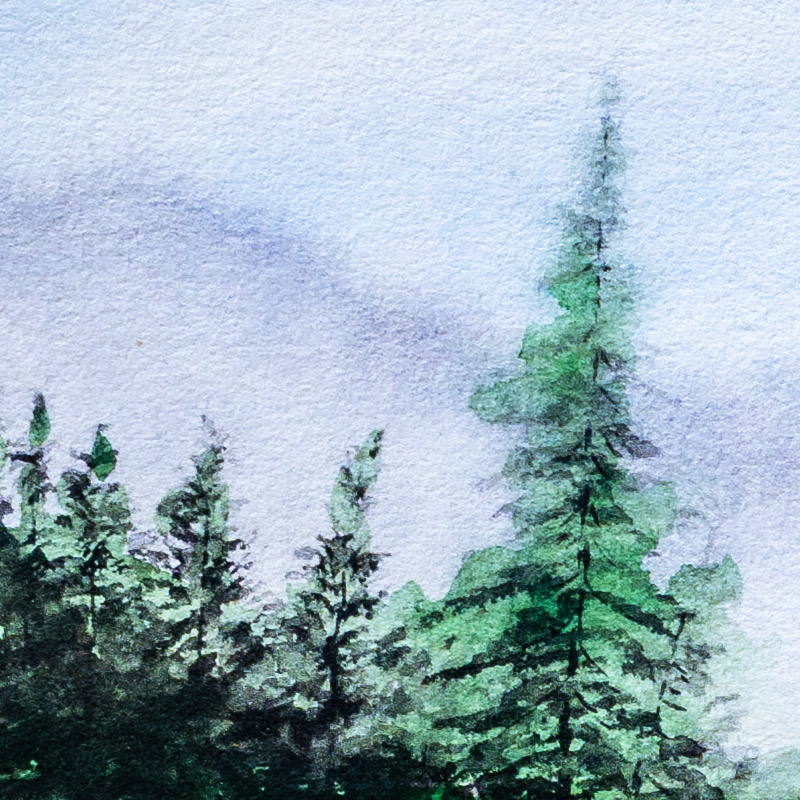
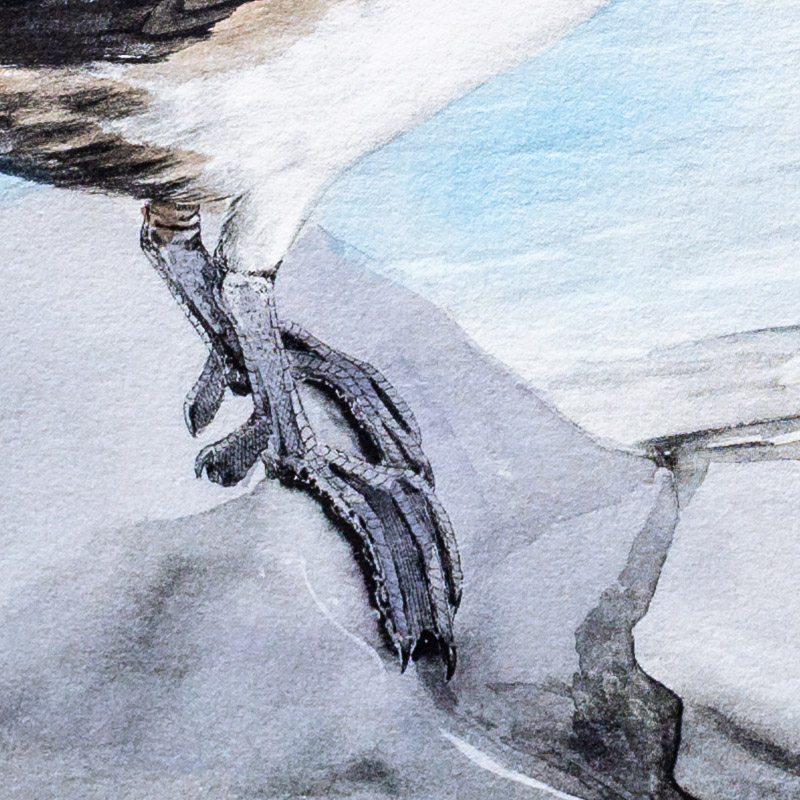
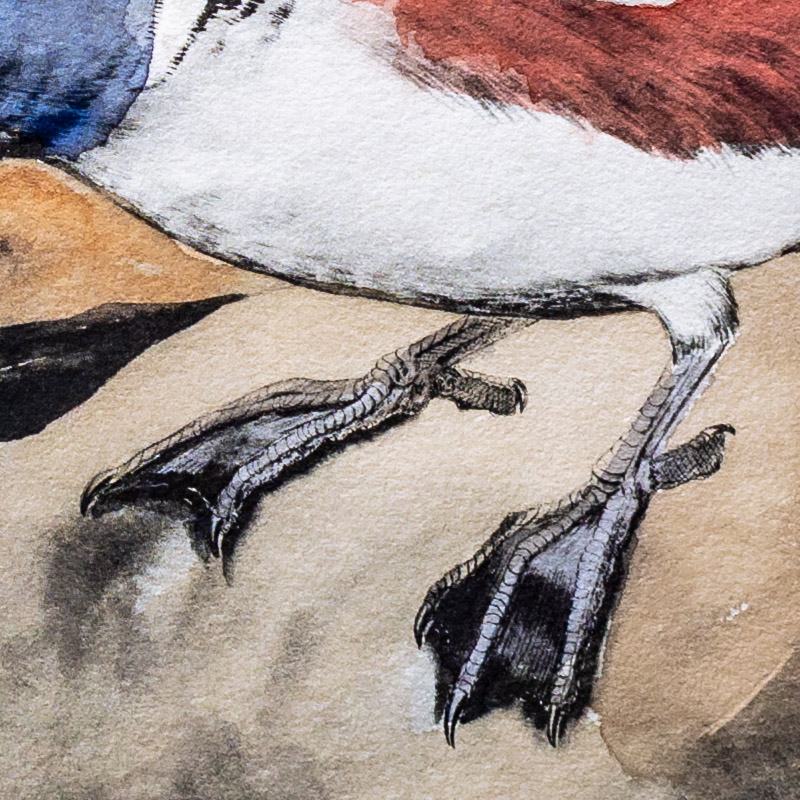
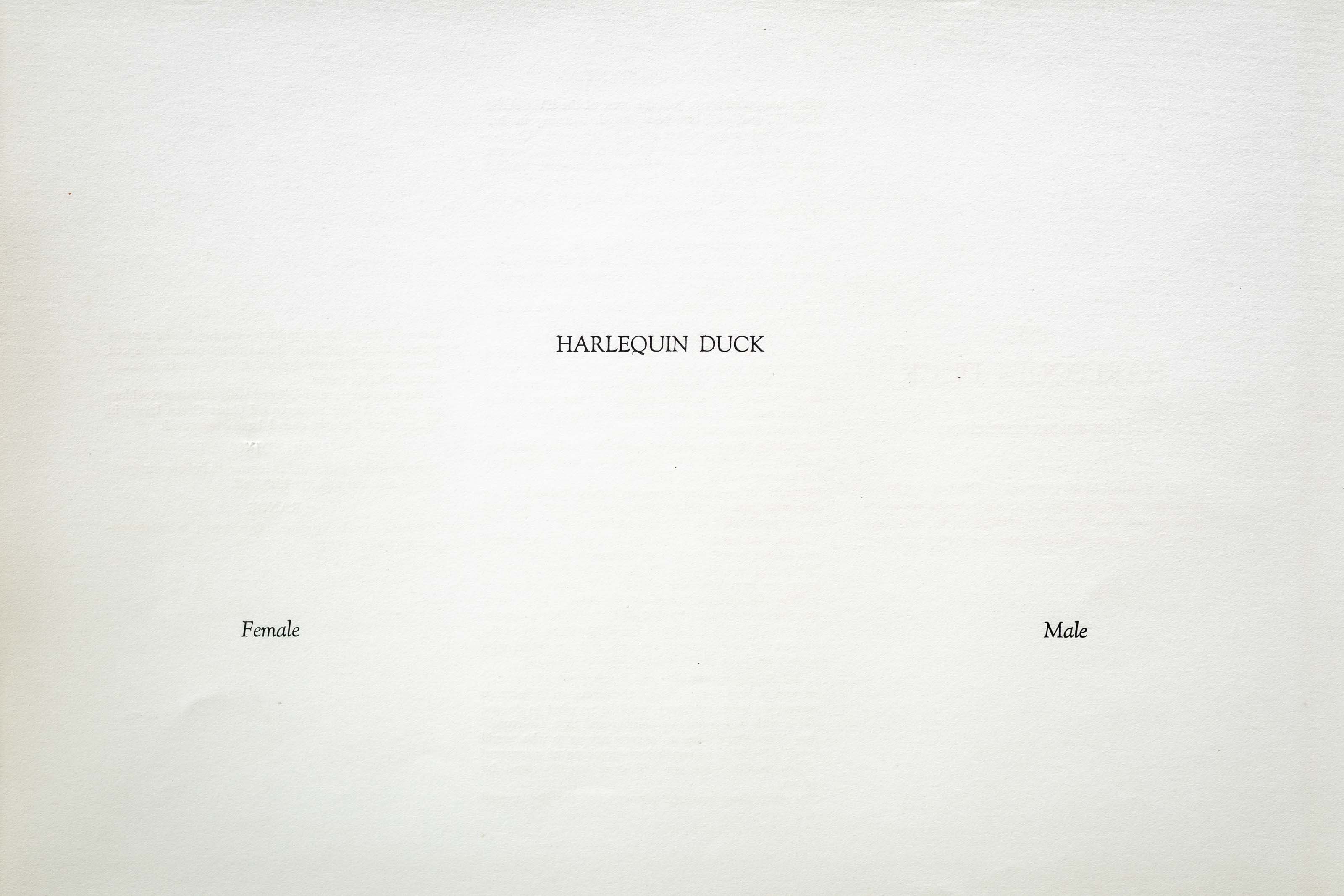
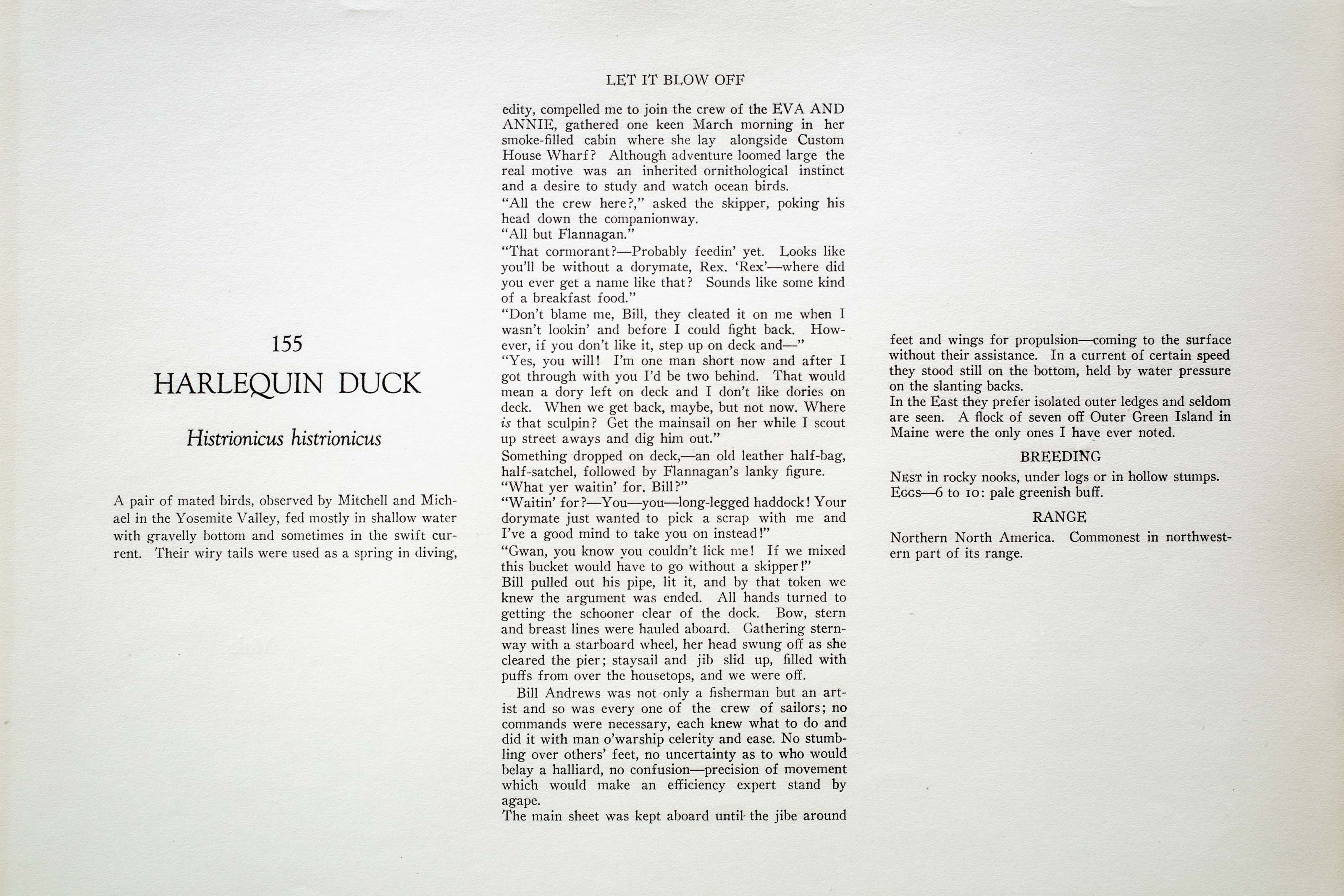

Unknown
1930
3
155
A team of dedicated board members, volunteers, and student interns has published every page in Volume 9. This volume includes 360 images of paintings and lyrical descriptions of birds, now available online for everyone to enjoy anywhere in the world. This is a monumental task. Each volume requires approximately 400 hours to photograph, edit, transcribe, catalog, and publish online. We need your support to complete this work.
If you're tech-savvy, have a good eye, are meticulous with details, and love structured data, please consider volunteering by emailing us at hello@rexbrasher.org.
We encourage all bird lovers and supporters to consider a monetary donation to support our mission to make Rex's work available for everyone. You can provide a one-time or recurring donation online.
A pair of mated birds, observed by Mitchell and Michael in the Yosemite Valley, fed mostly in shallow water with gravelly bottom and sometimes in the swift current. Their wiry tails were used as a spring in diving, feet and wings for propulsion — coming to the surface without their assistance. In a current of certain speed they stood still on the bottom, held by water pressure on the slanting backs.
In the East they prefer isolated outer ledges and seldom are seen. A flock of seven off Outer Green Island in Maine were the only ones I have ever noted.
NEST: in rocky nooks, under logs or in hollow stumps.
EGGS — 6 to 10: pale greenish buff.
Northern North America. Commonest in northwestern part of its range.